 by "ttyymmnn" (ttyymmnn)
by "ttyymmnn" (ttyymmnn)
Published 04/18/2017 at 12:35
 by "ttyymmnn" (ttyymmnn)
by "ttyymmnn" (ttyymmnn)
Published 04/18/2017 at 12:35
Tags: planelopnik
; planelopnik history
STARS: 6
Welcome to This Date in Aviation History , getting you caught up on milestones, important historical events and people in aviation from April 15 through April 18.
!!! UNKNOWN CONTENT TYPE !!!
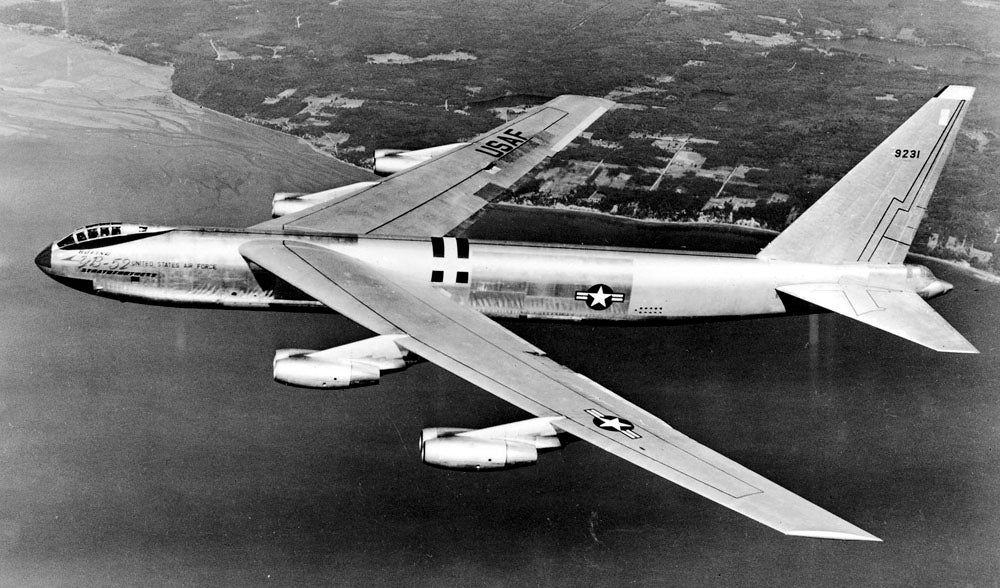
April 15, 1952 – The first flight of the Boeing B-52 Stratofortress. By the end of WWII, Boeing had earned a solid reputation for making large bombers with the rugged B-17 Flying Fortress and the state-of-the-art B-29 Superfortress . But with the coming of both the jet age and the nuclear age, the Air Force needed a new bomber with extreme range that could fly deep into enemy territory to deliver nuclear weapons. Initially, Boeing proposed the Model 462 in 1946, a straight-wing bomber that would be powered by 6 turboprop engines. It would be essentially a scaled-up version of a WWII bomber, with at least 5 defensive turrets and accommodations for two crews to fly long-range missions. But over the next year of development, the Air Force kept changing the requirements, and Boeing kept changing the design, and by the end of 1947 the program was on the verge of cancelation. Though the turbojet engine was clearly the powerplant of the future, the Air Force wasn’t so sure, and wanted to hedge its bets by sticking with turboprops. After all, range was a primary concern, and early engines were notoriously thirsty. Boeing proposed yet another turboprop design in October 1948 and, when the Air Force wasn’t impressed with its capabilities, a team of Boeing engineers working in a hotel room in Dayton, Ohio came up with the preliminary design of an eight-engine turbojet bomber based on the B-47 Stratojet and its 35-degree swept wing. Similar to the B-47, the engines on the Stratofortress would be housed in pods under the wings, and the landing gear would be centered on the fuselage with outriggers on the wings. To handle crosswind landings, Boeing came up with the innovative solution of having the main landing wheels pivot up to 20-degrees to stay aligned with the runway centerline. Like the B-47, the two pilots would be seated in a tandem configuration under a greenhouse canopy, but Air Force General Curtis LeMay , a veteran of WWII bombing campaigns, insisted that the pilots be seated side by side. Only three of the initial B-52A model were built, and the first production model, the B-52B, entered service with the Air Force on June 29, 1955. This aircraft featured improved avionics and engines that could achieve an extra 12,000 pounds of thrust by using water injection. As a product of the Cold War , the B-52's primary mission was to deliver nuclear weapons, and though it was never called on to carry out that mission, it still served as a powerful deterrent to Soviet aims around the world. When the advent of the surface to air missile jeopardized the B-52's high altitude mission, the bomber showed its tremendous flexibility by adapting to low level penetration missions. And, in a further testament to its flexibility, the bomber that was originally designed solely to drop nuclear munitions became one of the most powerful weapons of conventional warfare when it went into battle in Vietnam. Beginning with Operation Rolling Thunder in 1965, and following modifications to carry still more bombs, B-52 crews flew a total of 124,532 sorties throughout the war.
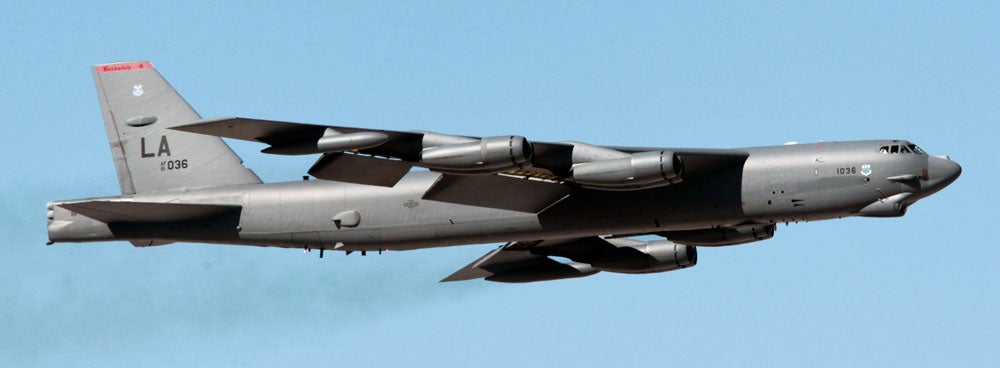
Following Vietnam, many of the older B-52s were retired due to their age, though newer G and H models were kept active for nuclear standby missions. Many were relegated to the Arizona desert, then destroyed as part of arms limitation treaties with the Soviet Union. When America went to war in the Persian Gulf, B-52s took part in Operation Desert Storm , flying from bases in England, Spain, Saudi Arabia and as far away as Louisiana to attack targets in Iraq. Despite efforts to replace the B-52, first with the Rockwell B-1 Lancer , the Buff soldiers on, providing capabilities in firepower and mission flexibility that simply can’t be matched by newer designs. When the B-1 is replaced by the proposed B-21 Long Range Strike Bomber , the B-52 will still be flying. In fact, the Air Force currently plans to keep the B-52 in service until 2045, an astonishing 90 years after it first entered service, and plans are currently underway to replace the 8 Pratt & Whitney TF33 low-bypass turbofans with 8 similarly sized regional jet engines. P&W are also offering an updated version of the TF33, saying new TF33s would require fewer structural modifications. (US Air Force photos)
!!! UNKNOWN CONTENT TYPE !!!
!!! UNKNOWN CONTENT TYPE !!!
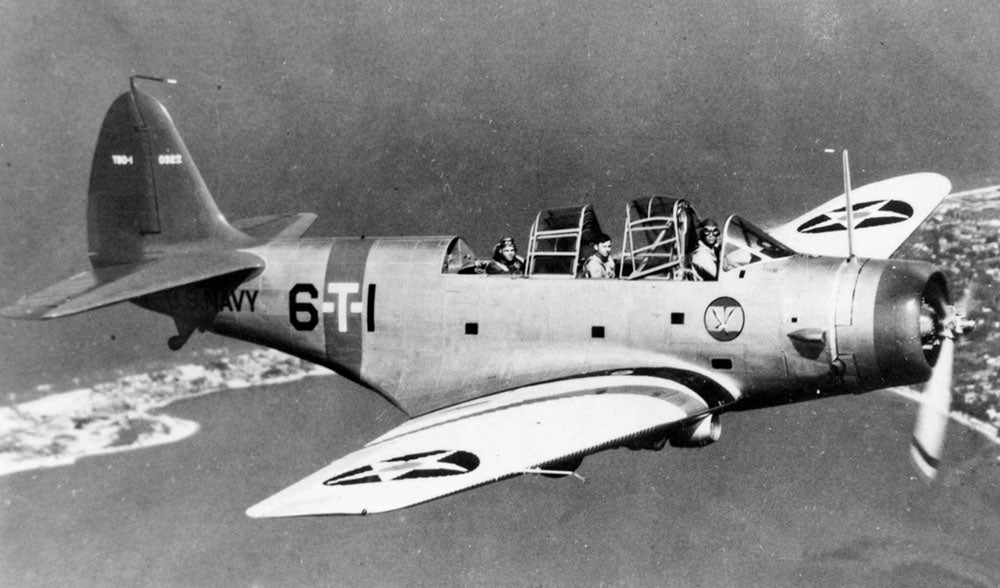
April 15, 1935 – The first flight of the Douglas TBD Devastator. The 1930s was an extraordinary decade for aircraft development. Designers moved away from the fabric-covered metal and wooden frames of the biplane era and fully embraced the all-metal cantilevered monoplane, and many of the designs were truly revolutionary and advanced for their time. But with the outbreak of WWII in 1939, aircraft development ramped into high gear, and aircraft that were innovative and groundbreaking when they rolled out were quickly rendered obsolete. Such was the fate of the Douglas TBD Devastator. In 1934, the US Navy was searching for a new dive bomber to operate from its carriers, and the Devastator entered into competition for a Navy contract against the Northrop BT-1 (which would later evolve into the Douglas SBD Dauntless ), the Brewster SBA , and the Vought SB2U Vindicator . The Devastator came out on top, and it featured many firsts for the Navy. It was the first monoplane to enter carrier service, it was the Navy’s first all-metal aircraft, and the first with a fully enclosed cockpit. It was also the first to have hydraulically powered folding wings, and the semi-retractable landing gear allowed the wheels to protrude from under the wings and protect the airframe in the event of a wheels-up landing. The Devastator could carry up to 1,200 pounds of bombs or a single torpedo, had a single forward-firing .30 or .50 caliber machine gun, and a rear-firing .30 caliber machine gun for defense against fighters. Power came from a single Pratt & Whitney R-1830 Twin Wasp radial that gave the Devastator a maximum speed of 206 mph, which was relatively fast for its day. But despite all of these innovations, by the time of the Japanese attack on Pearl Harbor in 1941, just six years after the Devastator’s first flight, it was already almost completely obsolete. Nevertheless, Devastator pilots fought well in the opening stages of the war in the Pacific, effectively attacking ground and shipping targets while flying from the American carriers USS Enterprise (CV-6), USS Yorktown (CV-5) and USS Lexington (CV-2).
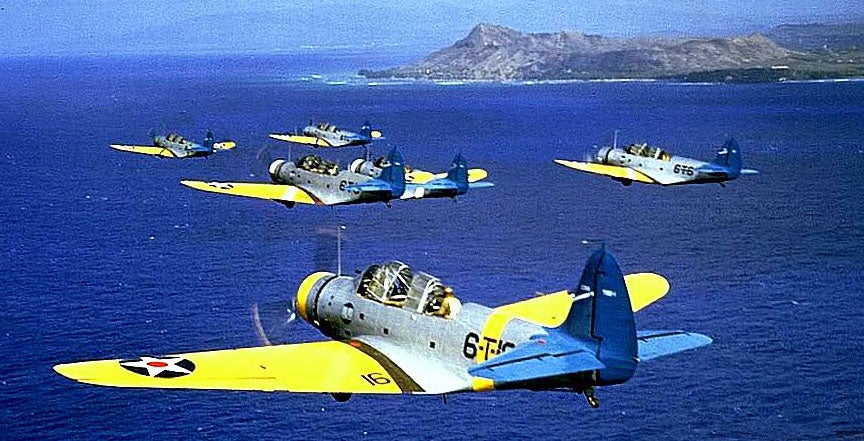
But in the pivotal Battle of Midway on June 3-7, 1942, the Devastator showed that its time had completely passed. In the opening stages of the battle, forty-one Devastators, nearly all the TBDs in operation at the time, were dispatched from USS Hornet (CV-8), Enterprise and Yorktown against the Japanese fleet. Due in large part to its lack of maneuverability and slow speeds, the Devastator proved to be a sitting duck for Japanese guns. On torpedo runs, the TBDs had to maintain a mere 115 mph in order to drop its torpedo, which made them easy prey for Japanese A6M Zero fighters and antiaircraft gunners. Only six Devastators returned from the mission, and they had scored no hits on the Japanese carriers. Part of this was due to malfunctioning Mark 13 torpedoes , but clearly, the Devastator’s days as an effective attacker were over. However, the loss of the Devastators and their crews was not entirely in vain, as the attacks left the Japanese carriers vulnerable for the follow-up attacks by Dauntless dive bombers, ultimately resulting in a lopsided victory for the US Navy which heralded a titanic shift in power in the Pacific Theater. After Midway, the Navy immediately removed the TBD from frontline service, and the remaining aircraft were relegated to flight training duties or served as training pieces for mechanics and firefighters. The final Devastator was scrapped in 1944, and none of the 130 production aircraft remain today. Though the Devastator’s replacement, the Grumman TBF Avenger , fared little better at first, shifting tactics and the gradual achievement of air superiority in the Pacific finally made the torpedo bomber an effective weapon later in the war. (US Navy photos)
!!! UNKNOWN CONTENT TYPE !!!
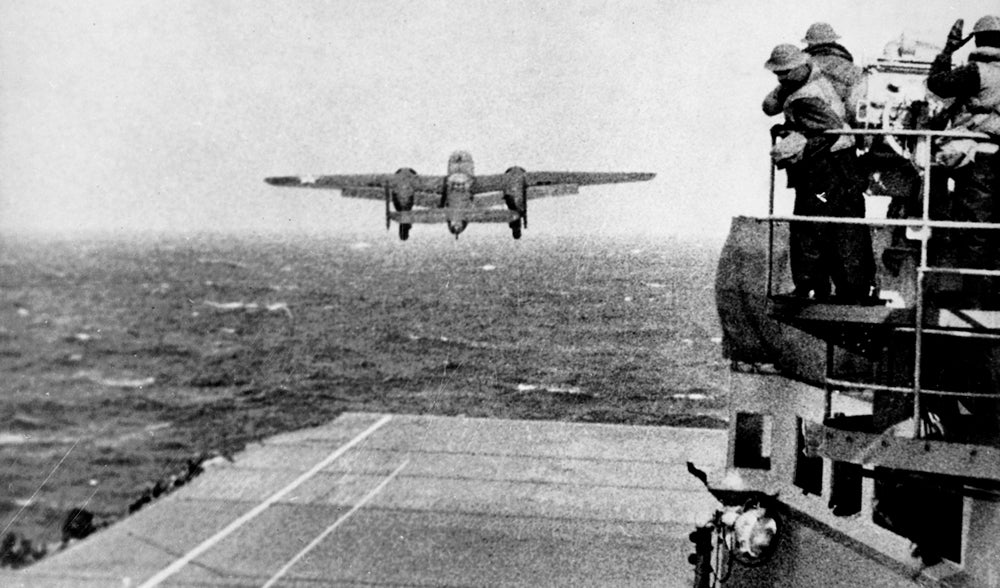
April 18, 1942 – The Doolittle Raid carries out the first attack on the Japanese homeland of WWII. When the Japanese carried out their deadly sneak attack against American military stations in Hawaii on December 7, 1941, the US was desperate to hit back in any way it could. In a meeting of the Joint Chiefs of Staff just two weeks after the Japanese raid, US President Franklin D. Roosevelt expressed a desire to attack Japan at the earliest possible time. He knew that any attack they could mount would have little affect militarily, but the boost to American morale would be immeasurable. He also hoped that it would show the Japanese people that they were not immune to attack on their island, and that their leaders, who had promised to win the war, were not infallible. The idea for the raid was formulated by Navy Captain Francis Low, who had seen bombers practicing takeoffs from simulated carrier decks painted on the tarmac at Naval Air Station Norfolk. But in order to reach Japan, the bombers would require extreme range, since the carriers couldn’t get too close to Japan for fear of discovery. A handful of aircraft were considered, including the Martin B-26 Marauder , the Douglas B-18 Bolo , and Douglas B-23 Dragon , but none of those were as suited to the job as the North American B-25 Mitchell , whose high power, carrying capacity for fuel and bombs, and relatively short wingspan proved ideal for the mission, even though the Mitchell had not yet been tested in battle. In order to have the necessary range for the flight, significant modifications to the bombers were necessary. The lower turret gun was removed, some radios were taken out to reduce weight, and auxiliary fuel tanks were added in the bomb bay. The Norden bombsight was removed, principally to prevent it’s falling into enemy hands. It was replaced with a homemade sight that cost just 20 cents to produce, and actually proved to be quite accurate. After three weeks of intensive training, sixteen of the specially modified bombers were flown by their crews to NAS Alameda and loaded on board USS Hornet (CV-8) for the journey west. Upon reaching Hawaii, Hornet was joined by the USS Enterprise (CV-6) which would provide fighter cover for the mission since all of Hornet’s fighters were stowed belowdecks to accommodate the bombers. Each of the B-25s carried four munitions: three 500-pound bombs and one 500-pound incendiary bomb. The crews affixed Japanese “friendship” medals to some of the bombs, decorations that had been awarded to US servicemen before the war. Doolittle’s men saw fit to return them, given the current state of hostilities. Early in the morning of April 18, the fleet was spotted by a Japanese patrol boat roughly 433 miles from Japan. The cruiser USS Nashville (CL-43) quickly sank the boat, but fearing that it had radioed a warning to Japan, Doolittle decided to take off earlier than originally planned. Following guidelines painted on the flight deck to make sure the bombers’ wings cleared the carrier’s island, the bombers struggled into the air and turned towards Japan. Though it was the first time the pilots had actually taken off from a carrier, the takeoffs proceeded without incident. Arriving over Japan at low level at about noon local time, the bombers dropped their bombs and strafed ground targets. None of the bombers was seriously hit by antiaircraft fire, and defensive gunners managed to dispatch at least three Japanese fighters. After dropping their bombs, the crews continued into China. Without enough fuel to reach their intended landing points, the crews all bailed out or crash landed. One crew flew to Russia.
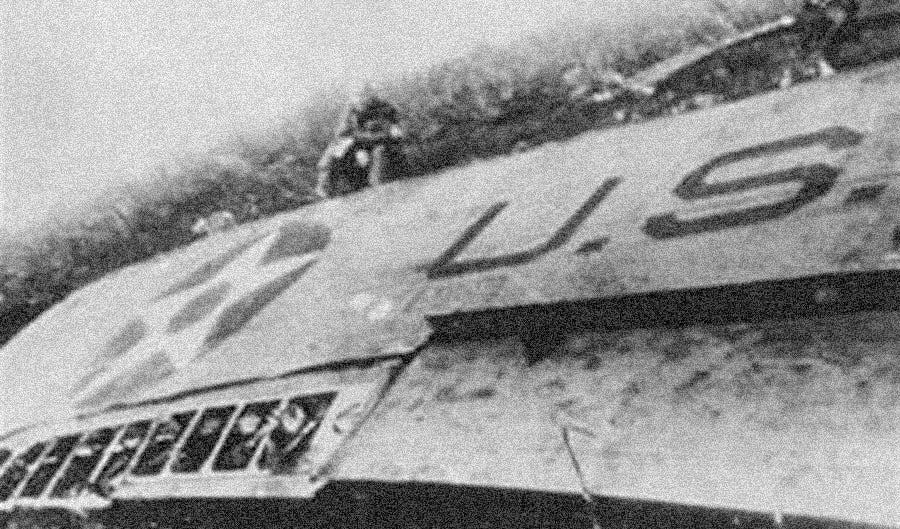
Of the 80 airmen who took part in the mission, three were killed in action and eight were captured by the Japanese. Three of the POWs were executed, one died in captivity, and the other four were eventually repatriated. The rest of the airmen were rescued by Chinese civilians and handed over to the Chinese government, though many of the civilians were executed by the Japanese in a fit of revenge for helping the Americans. As expected, the raid caused relatively insignificant damage, but it gave the American public the first positive news of the war, and the fact that medium-range bombers had attacked Japan hastened Japanese plans to capture Midway Island , bringing about the pivotal battle that ultimately shifted the balance of power in the Pacific over to the Americans. (US Navy photo; photo author unknown)
!!! UNKNOWN CONTENT TYPE !!!

April 18, 1943 – The death of Japanese general Isoroku Yamamoto. In military terms, “decapitation” is the tactic of killing the commander of an army in hopes of rendering the fighting force ineffective, and it has been discussed my military theorists as far back as Sun Tzu and Machiavelli . If you remove the commander of an army, as the theory goes, you could speed the ultimate victory in the conflict, or at least sow confusion to gain a tactical edge. Admiral Isoroku Yamamoto was the commander-in-chief of the Japanese Combined Fleet during WWII and the mastermind behind the Japanese attack on Pearl Harbor . So when American code breakers learned that Yamamoto would be making an airborne tour of Japanese military bases, they leapt at the opportunity to eliminate Japan’s leading military strategist. There can be little doubt that this would be more than just a decapitation mission, but also retribution for Pearl Harbor, which may explain why the mission was codenamed Operation Vengeance . On April 14, US Navy listening stations intercepted coded messages that were sent to Japanese bases in the Solomon Islands and New Guinea alerting the personnel to the planned arrival of Admiral Yamamoto as part of a morale-boosting inspection tour following the Japanese loss of Guadalcanal. The messages were decoded by Navy cryptographers (one of whom was John Paul Stevens , a future US Supreme Court Justice), who were able to determine the exact timetable and location for Yamamoto’s tour. The information was relayed to Washington, where President Roosevelt ordered the Secretary of the Navy to “Get Yamamoto,” and the mission was authorized on April 17.
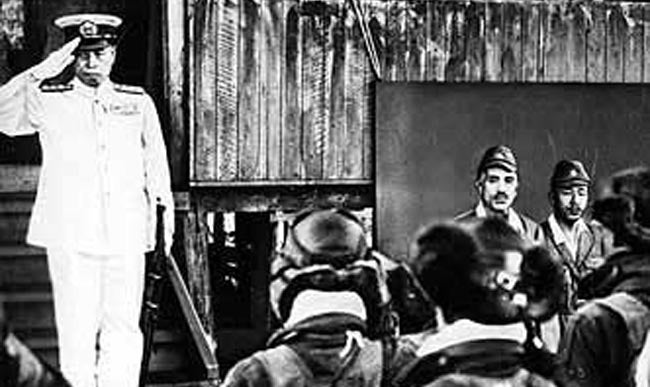
Now that the US knew where Yamamoto would be, they needed a way to get to him. Navy fighters, such as the Grumman F4F Wildcat and Vought F4U Corsair , didn’t have the necessary range to reach the target from Guadalcanal. So the mission fell to the US Army Air Force’s 339th Fighter Squadron and their Lockheed P-38 Lightnings . To complete the 1,000 mile flight, extra fuel tanks and drop tanks were fitted to the aircraft. And to make sure they didn’t miss their chance, the Americans sent eighteen Lightnings (two returned due to mechanical problems) to intercept the two Mistubishi G4M “Betty” bombers that carried Yamamoto and his staff. Four aircraft were designated as the “killers,” while the other P-38s would provide cover and fight off the six Mitsubishi A6M Zero fighters that were sent as escorts. When Yamamoto’s flight was located, the Americans turned to the attack and quickly shot down the first bomber, which crashed in the jungle. The second Betty tried to flee out to sea, but it too was shot down into the ocean. The Americans also claimed two Zero fighters shot down, but those were not confirmed. The next day, a Japanese search and rescue party found the wreckage of Yamamoto’s plane in the jungle. A post-mortem examination determined that Yamamoto did not die in the crash, but had been struck by two bullets, one of which hit him in the head. To this day, though, there remains much debate—and acrimony—over who actually shot down Yamamoto’s plane. Initially, Capt. Thomas Lanphier was given credit. But differing accounts led to a counterclaim by Lt. Rex Barber , and to this day, the Navy officially gives them each half a credit for the shoot down. With Yamamoto’s death, the Japanese had lost one of their most capable military leaders, and the Americans gained yet another major morale boost, incidentally coming exactly one year to the day after the audacious Doolittle Raid on Japan. (Illustration author unknown; US Navy photo)
!!! UNKNOWN CONTENT TYPE !!!
!!! UNKNOWN CONTENT TYPE !!!
!!! UNKNOWN CONTENT TYPE !!!

April 15, 1965 – The first flight of the Aérospatiale SA 330 Puma,
a medium transport/utility helicopter originally developed by
Sud Aviation
to meet a requirement by the French Army for a helicopter that could carry 20 troops or cargo in all weather conditions. After the purchase of the Puma by the Royal Air Force, France and England entered into a production partnership that eventually included Romania and South Africa. The Puma has seen action in numerous conflicts, including the
Falklands War
and the
First Gulf War
, and is also a popular civilian transport helicopter, particularly for offshore oil corporations.
(RAF photo by Sgt Jack Pritchard)
!!! UNKNOWN CONTENT TYPE !!!
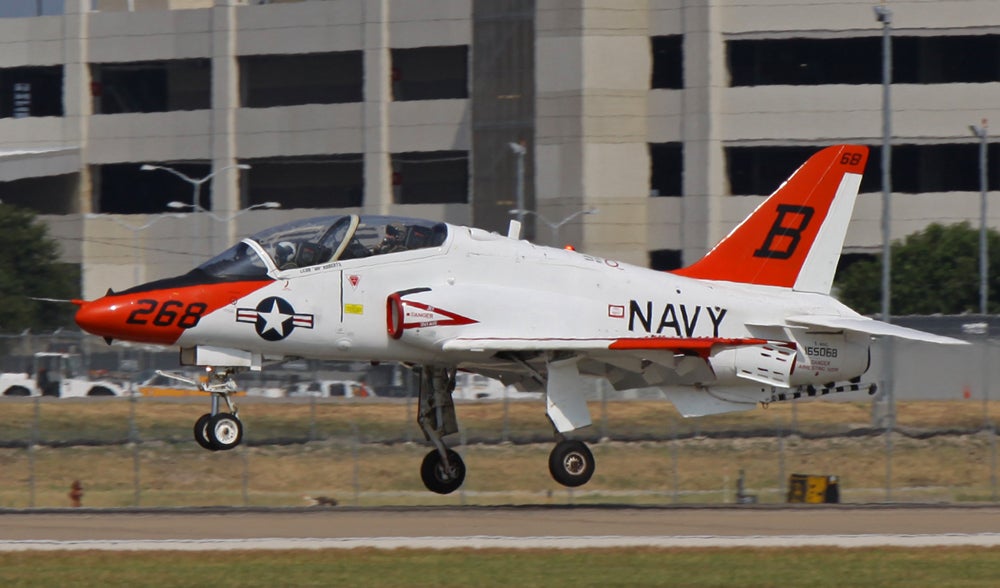
April 16, 1988 – The first flight of the McDonnell Douglas T-45 Goshawk, a fully carrier-capable trainer developed from the British Aerospace Hawk Mk 60 to replace the older North American T-2 Buckeye and Douglas TA-4 Skyhawk for the US Navy and US Marine Corps. Used for intermediate and advanced pilot training in carrier operations, the Goshawk became operational in 1991 and, with upgrades, is expected to be in service until at least 2035. (Photo by the author)
!!! UNKNOWN CONTENT TYPE !!!
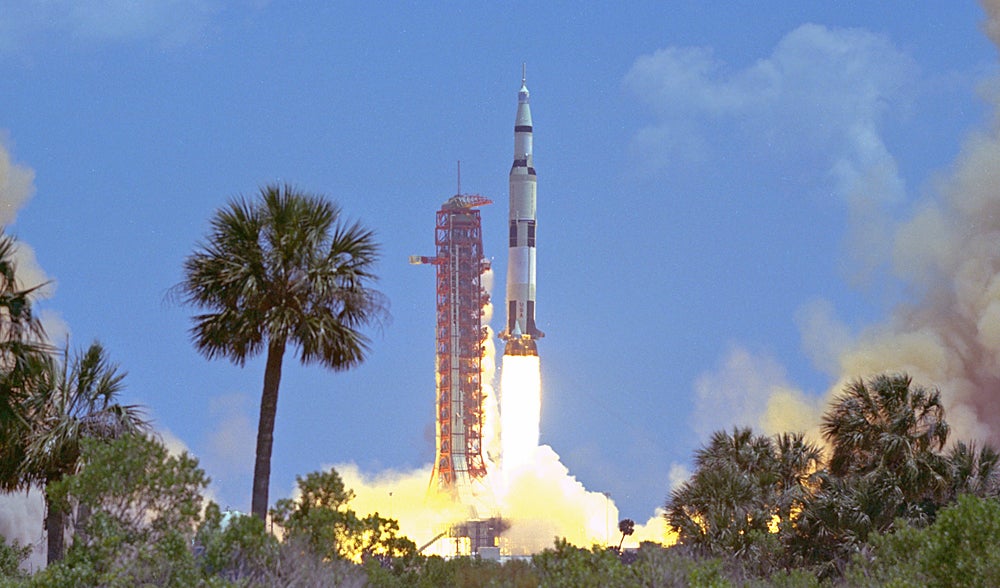
April 16, 1972 – The launch of Apollo 16, the 10th manned mission of the Apollo program and the 5th mission that put astronauts on the Moon. Commander John Young and Lunar Module Pilot Charles Duke spent 71 hours on the lunar surface, where they conducted 3 moonwalks and collected over 200 pounds of lunar samples, some of which served to disprove the theories about volcanic origins of some of the Moon’s features. Young and Duke also drove the second Lunar Roving Vehicle (LRV) a total of 16.6 miles. Command Module Pilot Ken Mattingly completed 64 orbits of the Moon in the Command Module, and performed a spacewalk on the return flight to retrieve film capsules from the exterior of the Service Module. There would be just one more launch in the Apollo program, Apollo 17 , 8 months later. Apollo 16 returned to Earth on April 27, 1972. (NASA photo)
!!! UNKNOWN CONTENT TYPE !!!
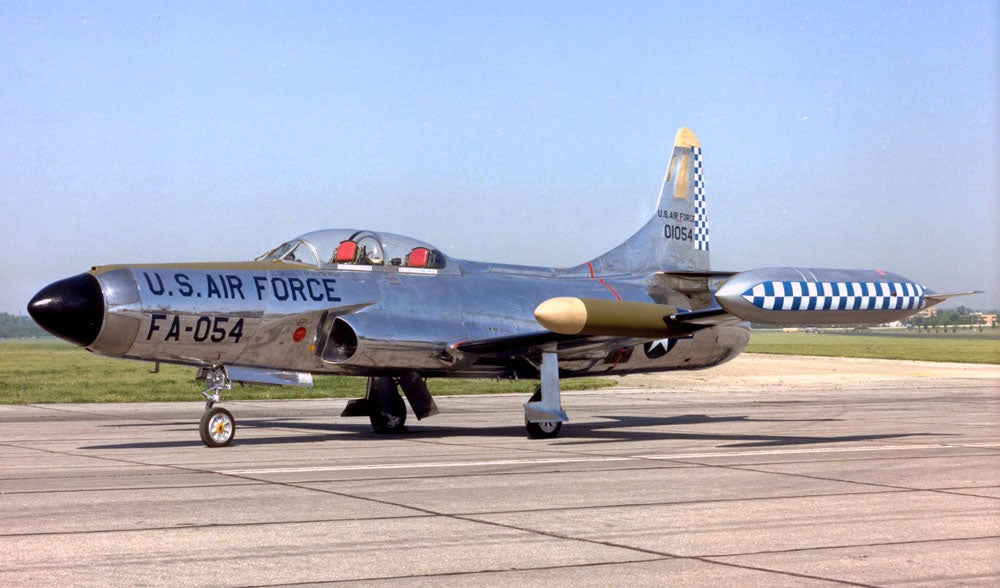
April 16, 1949 – The first flight of the Lockheed F-94 Starfire.
Developed from the
Lockheed T-33 Shooting Star
, the all-weather day/night interceptor entered service in 1950 to replace the
North American F-82 Twin Mustang
. The Starfire was the first operational US Air Force fighter to employ an afterburning engine and the first all-weather fighter to see service in the Korean War. Though produced in large numbers, the Starfire served for just 8 years in frontline service before being replaced in the interceptor role by the
Northrop F-89 Scorpion
and
North American F-86D Sabre
.
(US Air Force photo)
!!! UNKNOWN CONTENT TYPE !!!
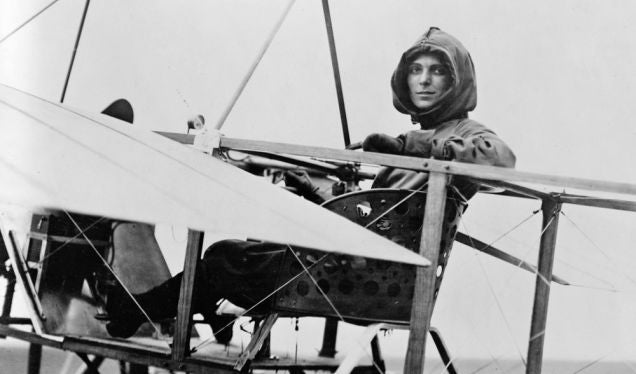
April 16, 1912 – Harriet Quimby becomes the first woman to fly across the English Channel. In 1911, Quimby was the first woman to earn a pilot’s license in the United States, and her exploits were an inspiration to many women of her day who railed against male-dominated society. Quimby’s cross-Channel flight was unfortunately overshadowed by news of the sinking of the Titanic just one day after her historic flight. Quimby died on July 1, 1912 when, for unknown reasons, her Blériot XI monoplane suddenly pitched forward, ejecting both her and her passenger at an altitude of 1,500 feet. Ironically, the plane came to earth relatively undamaged. (Library of Congress photo)
!!! UNKNOWN CONTENT TYPE !!!

April 17, 1973 – Federal Express delivers its first overnight package. Starting with 14 Dassault Falcon business jets aircraft and 389 employees, Federal Express began operations from Memphis, TN, delivering 186 packages to cities on the East Coast of the United States. Adopting the name FedEx in 2000, the company now employs 300,000 employees and operates a fleet of 669 aircraft. FedEx’s first airplane, a Dassault Falcon 20 nicknamed Wendy , is on display at the Smithsonian’s Steven F. Udvar-Hazy Center near Washington, DC. (Photo by the author)
!!! UNKNOWN CONTENT TYPE !!!
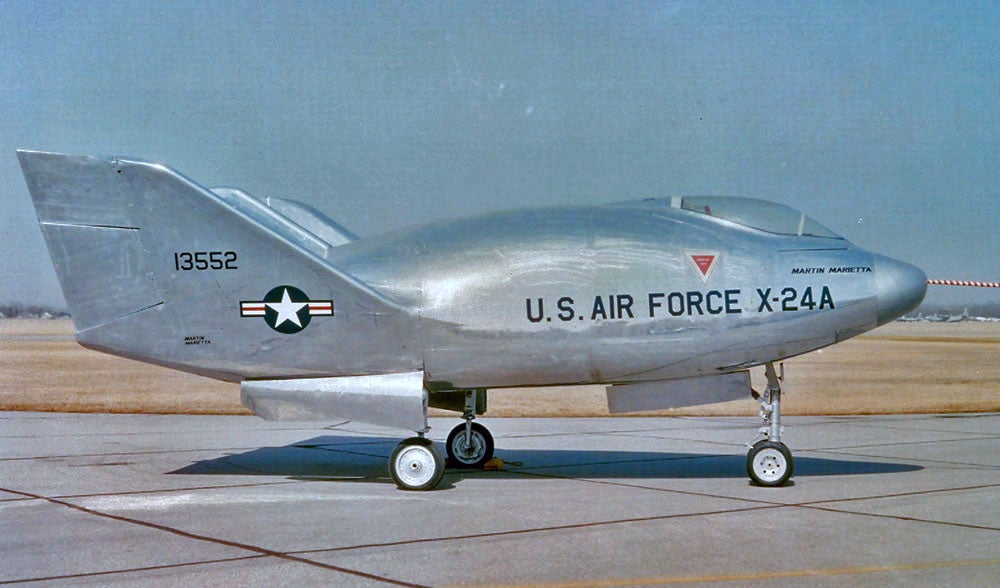
April 17, 1969 – The first powered flight of the Martin Marietta X-24A, the fourth in a series of experimental aircraft developed to explore the concept of lifting body design following the NASA M2-F1 , the Northrop HL-10 , and the Northrop M2-F2 . Built without traditional wings, lifting bodies rely on the aerodynamic shape of the fuselage to generate lift and allow for controlled flight. The X-24A was carried aloft by a Boeing B-52 Stratofortress mothership, then released to fly under rocket power before gliding back to Earth. Data gleaned over the course of twenty-eight X-24A flights, along with the other lifting body aircraft, would be used in the Space Shuttle program to develop landing characteristics for the unpowered Shuttle landings. (US Air Force photo)
!!! UNKNOWN CONTENT TYPE !!!
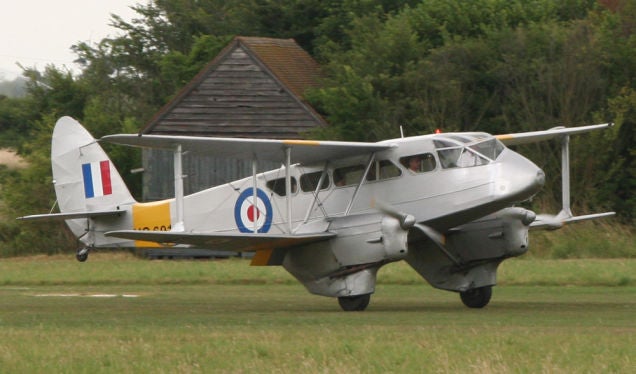
April 17, 1934 – The first flight of the de Havilland Dragon Rapide, a short-range biplane airliner constructed primarily of plywood that had accommodations for six to eight passengers. Designed as a successor to the de Havilland DH.84 Dragon , the Dragon Rapide was a scaled down derivative of the larger four-engine de Havilland DH.86 Express and entered service in 1934, providing flights around England, Northern Ireland and Scotland. During WWII, the Rapide was pressed into service with the RAF and Royal Navy for passenger and communications duties, where it was known as the Dominie. A total of 731 Rapides were produced, and it became one of the most successful small airliners of the 1930s. (Photo by Trevor Marron via Wikimedia Commons )
!!! UNKNOWN CONTENT TYPE !!!
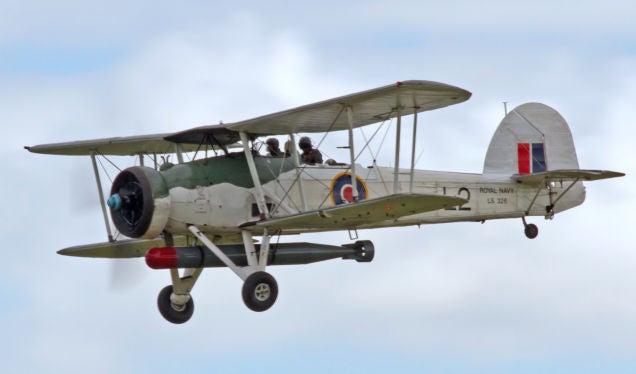
April 17, 1934 – The first flight of the Fairey Swordfish. Designed in the 1930s, the Swordfish torpedo bomber was clearly obsolete by the start of WWII. However, the “Stringbag” continued in front line service throughout the war. It’s most significant victory came in the hunt for the German battleship Bismarck , when Swordfish pilots crippled the ship by disabling her rudder with a torpedo strike, rendering the ship unmaneuverable. Bismarck was then sunk by surface ships of the Royal Navy. Nearly 2,400 Swordfish were produced, and it was retired at the end of the war. (Photo by Tony Hisgett via Wikimedia Commons )
!!! UNKNOWN CONTENT TYPE !!!
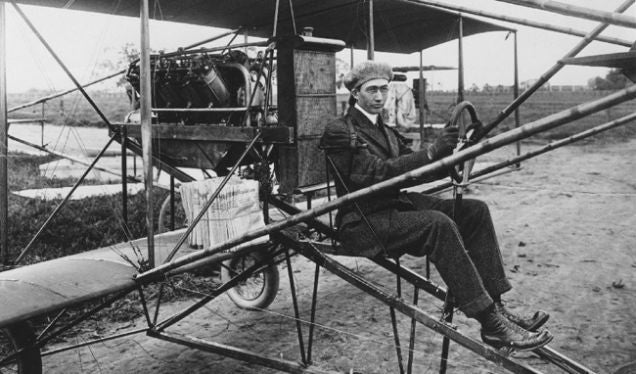
April 17, 1886 – The birth of Glenn L. Martin. Born in Macksburg, Iowa, Martin was an early American aviation pioneer who founded his own aircraft company in 1912. His first successful aircraft was the Martin MB-1 , a large biplane bomber that served in WWI. Martin went on to create many successful aircraft during WWII, notably the B-26 Marauder and Maryland bombers, as well as large flying boats such as the PBM Mariner and the JRM Mars . Following the war, Martin found success in the aerospace industry, building the Vanguard rocket, the first American rocket built specifically for orbital launch. Martin followed the Vanguard with the Titan series of larger rockets. Following Martin’s death in 1955, his company merged to form Martin-Marietta , and that company eventually merged with Lockheed to form Lockheed Martin in 1995. (Photo via San Deigo Air and Space Musem)
!!! UNKNOWN CONTENT TYPE !!!
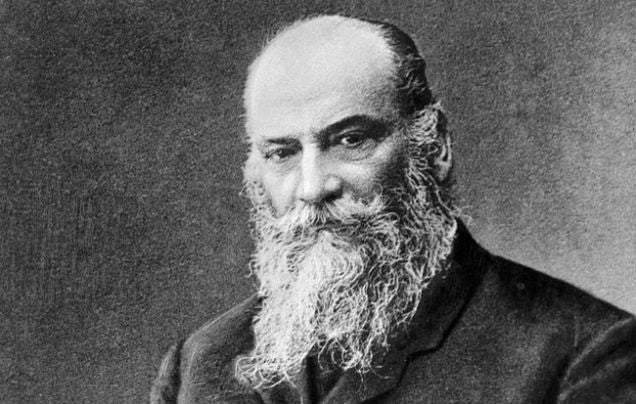
April 17, 1847 – The birth of Nikolay Yegorovich Zhukovsky, a Russian scientist who is considered the founding father of modern aerodynamics and hydrodynamics . Zhukovsky was the first to undertake the study of airflow in the hopes of one day creating a flying machine, and he created the world’s first Aerodynamic Institute near Moscow in 1904, where he is often called the Father of Russian Aviation. He was the first to explain mathematically the origin of lift, and the first to determine that the amount of lift of a body is proportional to its velocity and the circulation or air around it. Zhukovsky also built Russia’s first wind tunnel. (Photo author unknown)
!!! UNKNOWN CONTENT TYPE !!!
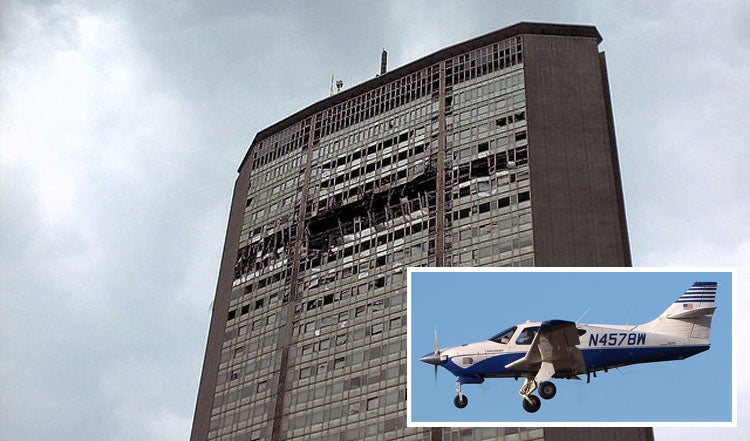
April 18, 2002 – A small aircraft crashes into Pirelli Tower in Milan, Italy. Completed in 1958 to house the offices of the Italian tire company of the same name, Pirelli Tower was the tallest building in Italy until 1995 and the inspiration for the Pan Am Building in New York City. While flying a planned route from Locarno to Milan, pilot Gino Fasulo, at the controls of a Rockwell Commander 112 , was preparing to make an emergency landing while low on fuel when, perhaps while attempting to manually lower the aircraft’s landing gear, he veered off course and crashed into the 25th floor of the tower. The crash killed the pilot along with four people inside the building, set fire to four floors, and initially raised fears of another terrorist attack similar to those carried out on September 11, 2001 in the US. (Photo by Michele M.F. via Flickr; Commander photo—not accident aircraft— by Peter Bakema via Wikimedia Commons )
!!! UNKNOWN CONTENT TYPE !!!
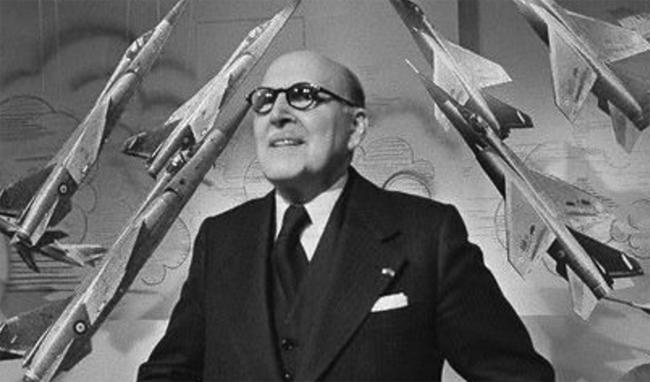
April 18, 1986 – The death of Marcel Dassault. Born Marcel Bloch on January 22, 1892, Dassault made his first contribution to aviation by designing an aircraft propeller during WWI, then founded his own aircraft manufacturing company, the Société des Avions Marcel Bloch . Of Jewish parentage, Bloch took the name Dassault, deriving it from char d’assaut , the French work for battle tank . During WWII, Dassault refused to collaborate with the Bordeaux-Aéronautique , a French company created during the German occupation of France, so he was sent to the Buchenwald concentration camp until its liberation in 1945. In 1947, his company became the Société des Avions Marcel Dassault, which designed the Dassalut Ouragan , the first French jet fighter to enter production. Dassault Aviation is now the premiere manufacturer of military, business and regional jets in France. (Photo author unknown)
!!! UNKNOWN CONTENT TYPE !!!
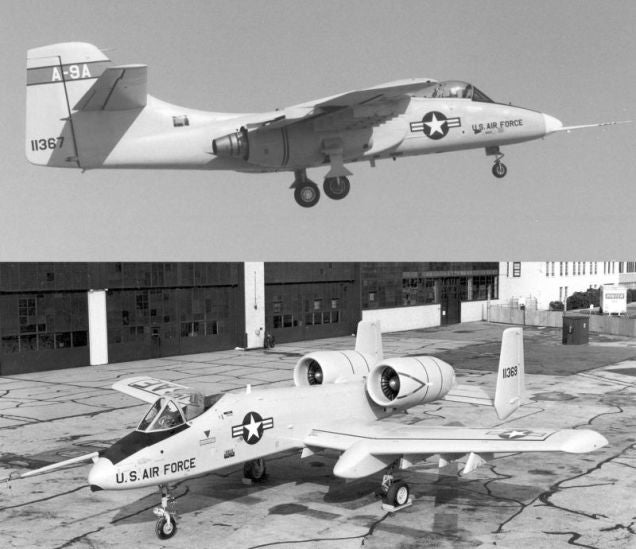
April 18, 1973 – The Fairchild YA-10 is chosen over the Northrop YA-9. In 1966, the US Air Force issued a request for a low-cost attack aircraft, one that would have long loiter time, good low-speed maneuverability, tremendous firepower and excellent survivability. Both planes would be built around the General Electric GAU-8 30mm rotary cannon. Northrop offered the YA-9 , while Fairchild Republic offered the YA-10. After a fly off between the two prototypes, the Air Force selected the YA-10, which would become known as the A-10 Thunderbolt II . The YA-9 prototypes were given to NASA for testing, but were quickly retired. (US Air Force photos)
!!! UNKNOWN CONTENT TYPE !!!
!!! UNKNOWN CONTENT TYPE !!!
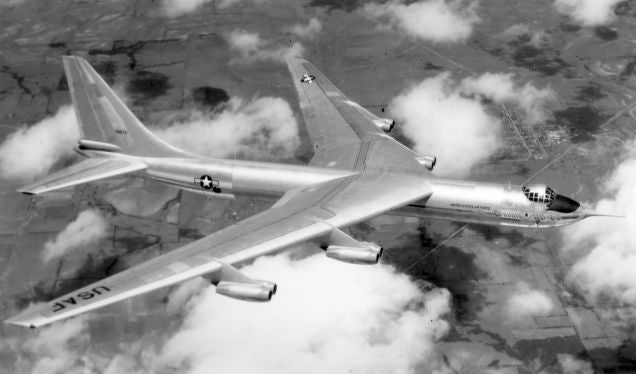
April 18, 1952 – The first flight of the Convair YB-60, a jet powered, swept-wing version of the Convair B-36 Peacemaker . With a 72% parts commonality with the B-36, it was considerably cheaper to produce than the Boeing B-52 Stratofortress , its unofficial competitor. However, the YB-60 was 100 mph slower than the YB-52, and had severe handling problems. While it could carry a heavier bomb load, the Air Force didn’t see that as a major factor to favor it over the YB-52. The YB-60 test program was canceled in January 1953 after just 66 hours of flight testing, and the flying prototype and one unfinished prototype were scrapped. (US Air Force photo)
!!! UNKNOWN CONTENT TYPE !!!
!!! UNKNOWN CONTENT TYPE !!!
!!! UNKNOWN CONTENT TYPE !!!
!!! UNKNOWN CONTENT TYPE !!!
!!! UNKNOWN CONTENT TYPE !!!
!!! UNKNOWN CONTENT TYPE !!!
!!! UNKNOWN CONTENT TYPE !!!
If you enjoy these Aviation History posts, please let me know in the comments. And if you missed any of the past articles, you can find them all at Planelopnik History . You can also find more stories about aviation and aviators at Wingspan and Planes You’ve (Probably) Never Heard Of .
!!! UNKNOWN CONTENT TYPE !!!
 "HammerheadFistpunch" (hammerheadfistpunch)
"HammerheadFistpunch" (hammerheadfistpunch)
04/18/2017 at 12:40, STARS: 1
I love the original cockpit for the B52. So out of place.
 "MonkeePuzzle" (monkeypuzzle)
"MonkeePuzzle" (monkeypuzzle)
04/18/2017 at 12:43, STARS: 1
Devastator, Vindicator, Dauntless, some intimidating names for war planes!
 "Smallbear wants a modern Syclone, local Maple Leafs spammer" (smallbear94)
"Smallbear wants a modern Syclone, local Maple Leafs spammer" (smallbear94)
04/18/2017 at 12:49, STARS: 1
Fun facts:
- Doolittle fully expected to be court-martialed for that raid when he got back to the USA, having lost all his planes and a good chunk of his pilots. Talk about pleasant surprises.
- The fact that the Swordfish was obsolete and very slow was probably a major reason why they managed to sink the Bismark. The AA systems on board simply couldn’t cope with something so slow.
 "MonkeePuzzle" (monkeypuzzle)
"MonkeePuzzle" (monkeypuzzle)
04/18/2017 at 12:51, STARS: 0
its unofficial competitor.
LOL, K. that’s some friggin industrial esponionage levels of “competitor”. Someone let someone at the plans and a photocopier.
April 15, 1952 – The first flight of the Boeing B-52 Stratofortress
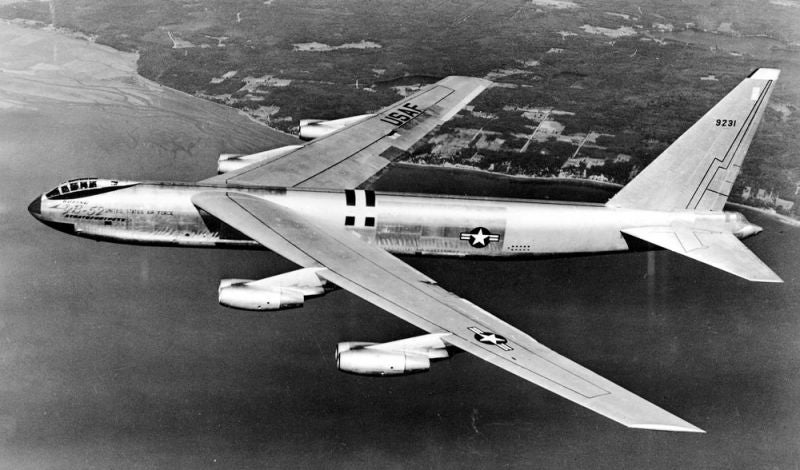
April 18, 1952 – The first flight of the Convair YB-60
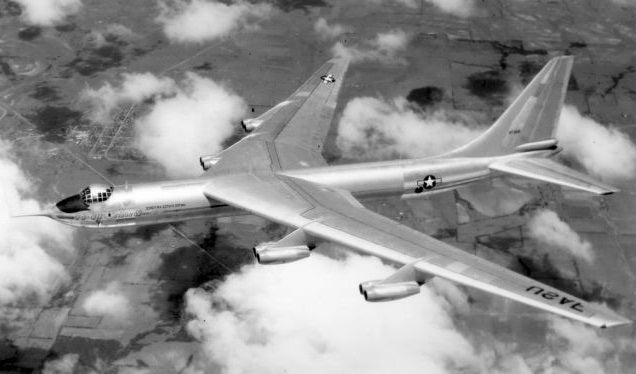
!!!error: Indecipherable SUB-paragraph formatting!!!
 "ttyymmnn" (ttyymmnn)
"ttyymmnn" (ttyymmnn)
04/18/2017 at 12:56, STARS: 2
Well, there’s only so many ways to skin a cat. I think the YB-60 was more than a little bit bigger.
 "ttyymmnn" (ttyymmnn)
"ttyymmnn" (ttyymmnn)
04/18/2017 at 12:57, STARS: 0
I do too. But it definitely made sense to change it, and the Big Cigar always got his way.
 "Viggen" (viggen37)
"Viggen" (viggen37)
04/18/2017 at 13:03, STARS: 1
Curtis went all out and named the SB2C the Helldiver.
 "ttyymmnn" (ttyymmnn)
"ttyymmnn" (ttyymmnn)
04/18/2017 at 13:03, STARS: 0
If you’ve got $3, this might be fun to watch. I recorded it off AMC or TMC a few months ago. It’s called Bombers B-52 , a Cold War morale booster propaganda film loosely packaged inside a sappy love story. But it’s got Karl Malden, Natalie Wood, Efrem Zimbalist, and some really great aerial footage of the early Buffs. This is just the trailer.
!!! UNKNOWN CONTENT TYPE !!!
 "Viggen" (viggen37)
"Viggen" (viggen37)
04/18/2017 at 13:03, STARS: 1
Except in the Cuban Missile Crisis!
 "Mercedes Streeter" (smart)
"Mercedes Streeter" (smart)
04/18/2017 at 13:04, STARS: 1
FedEx and Dassault in one post? Oh my time for a photo dump baby! :D
Here’s a Falcon 8X
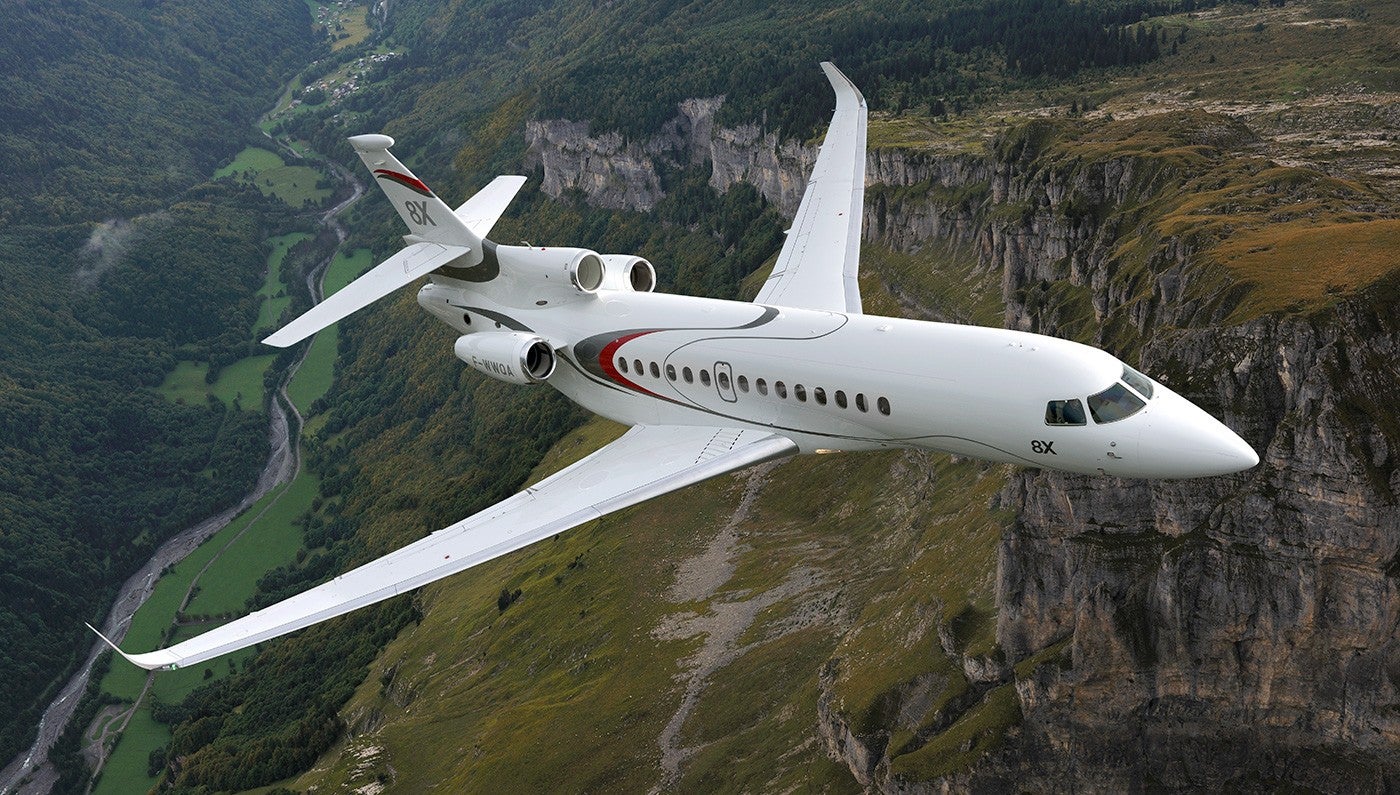
An adorable Falcon 900
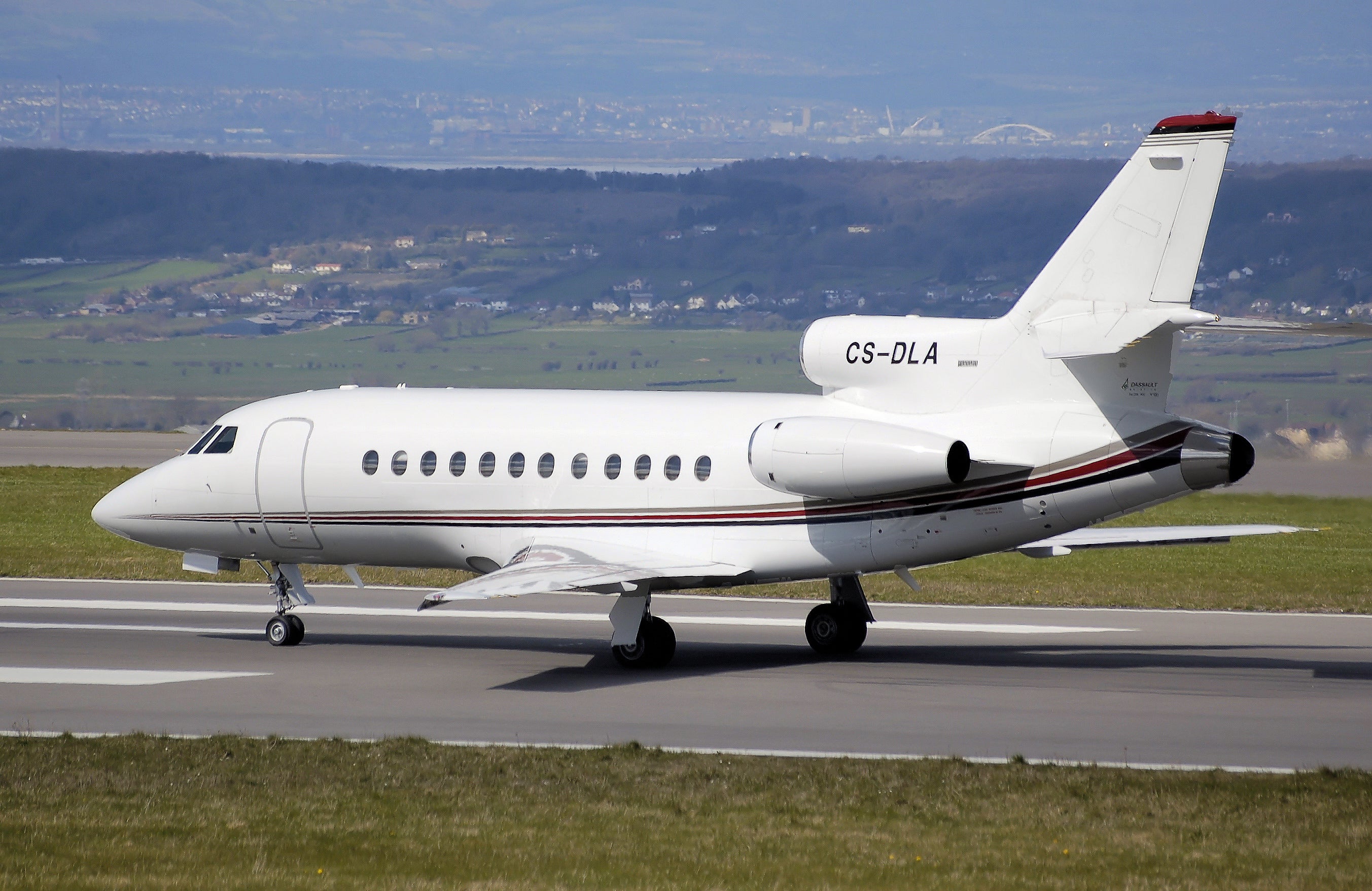
Oh god that colour.
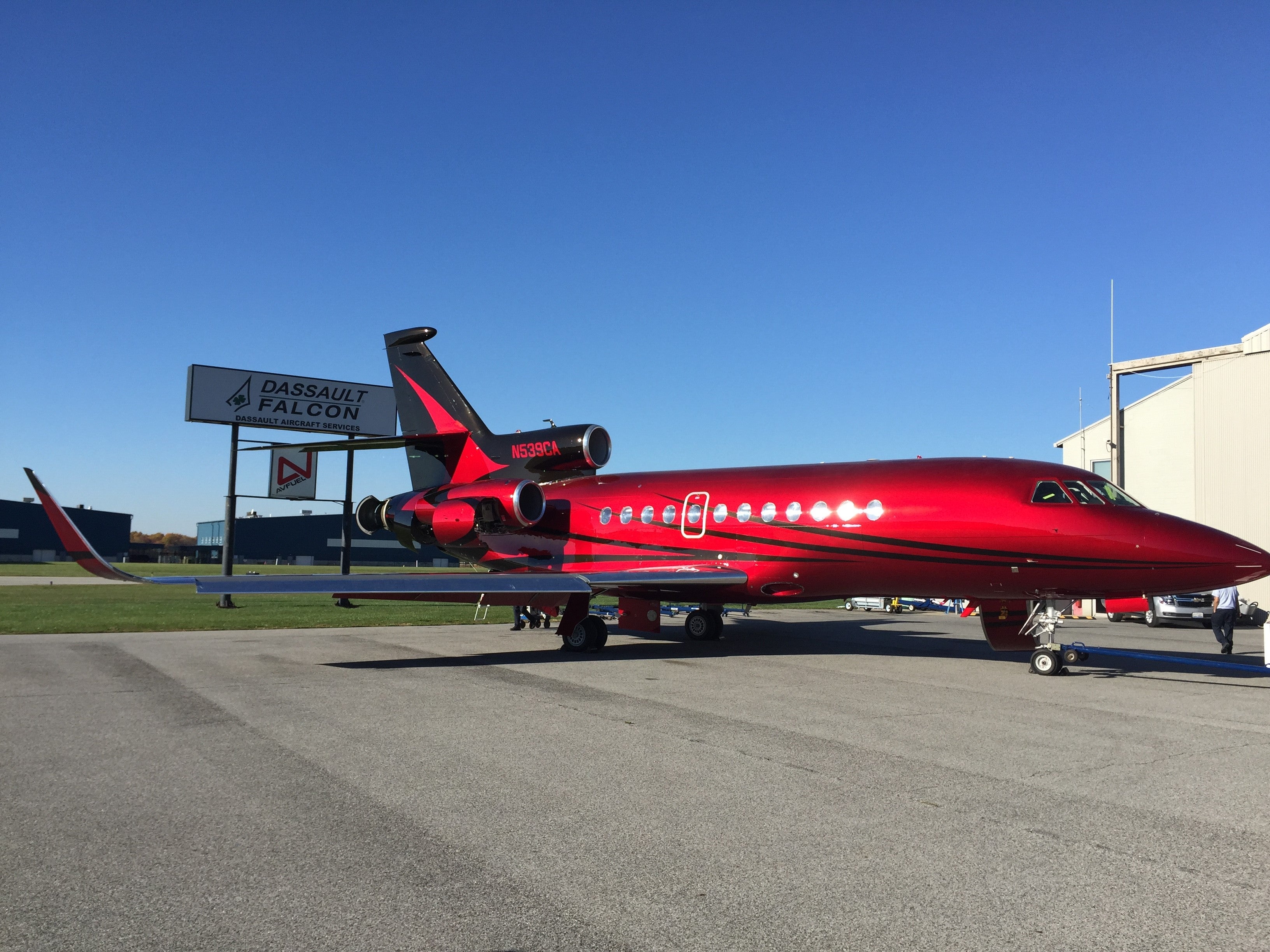
Oh and Federal Express represent!
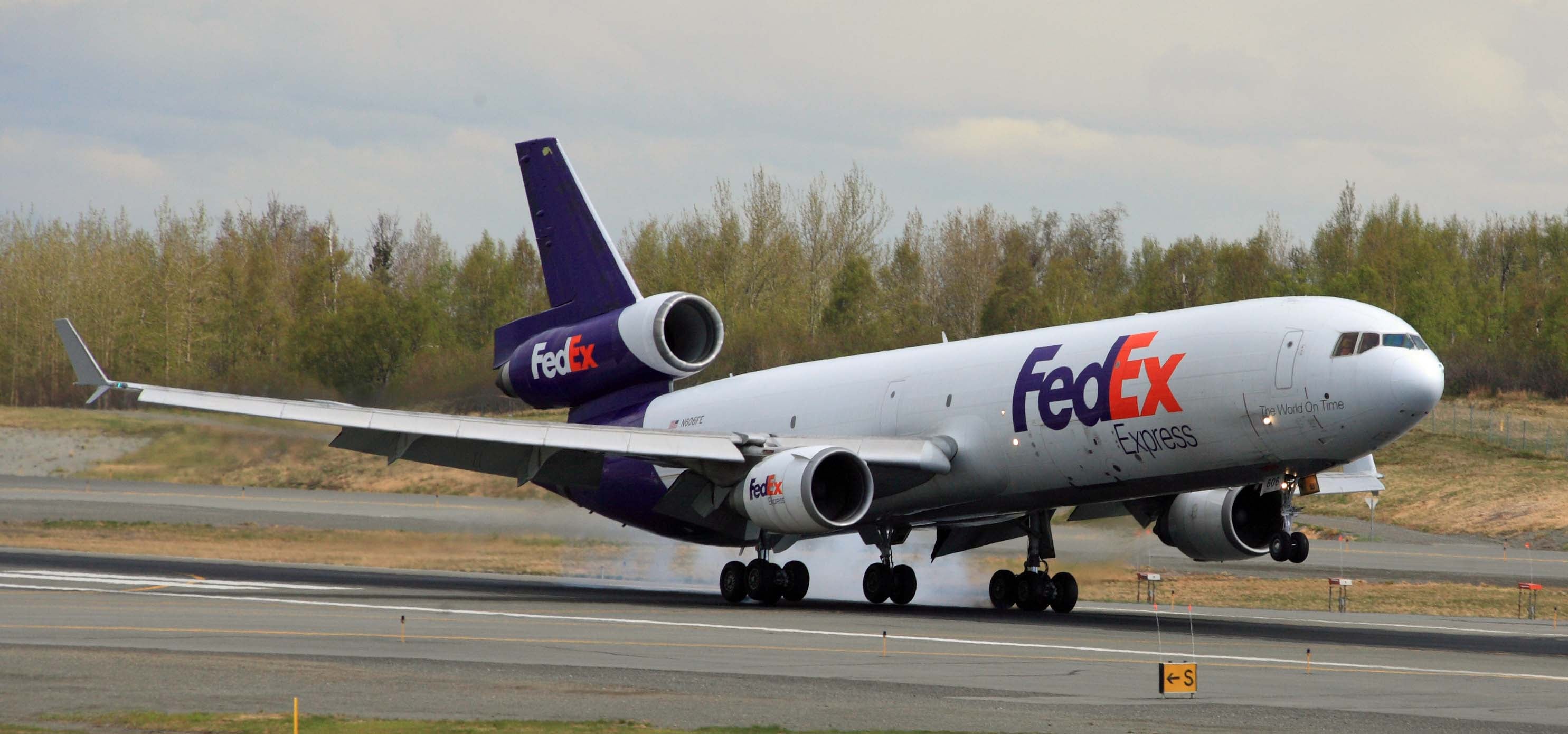
Almost everything is better in threes. :)
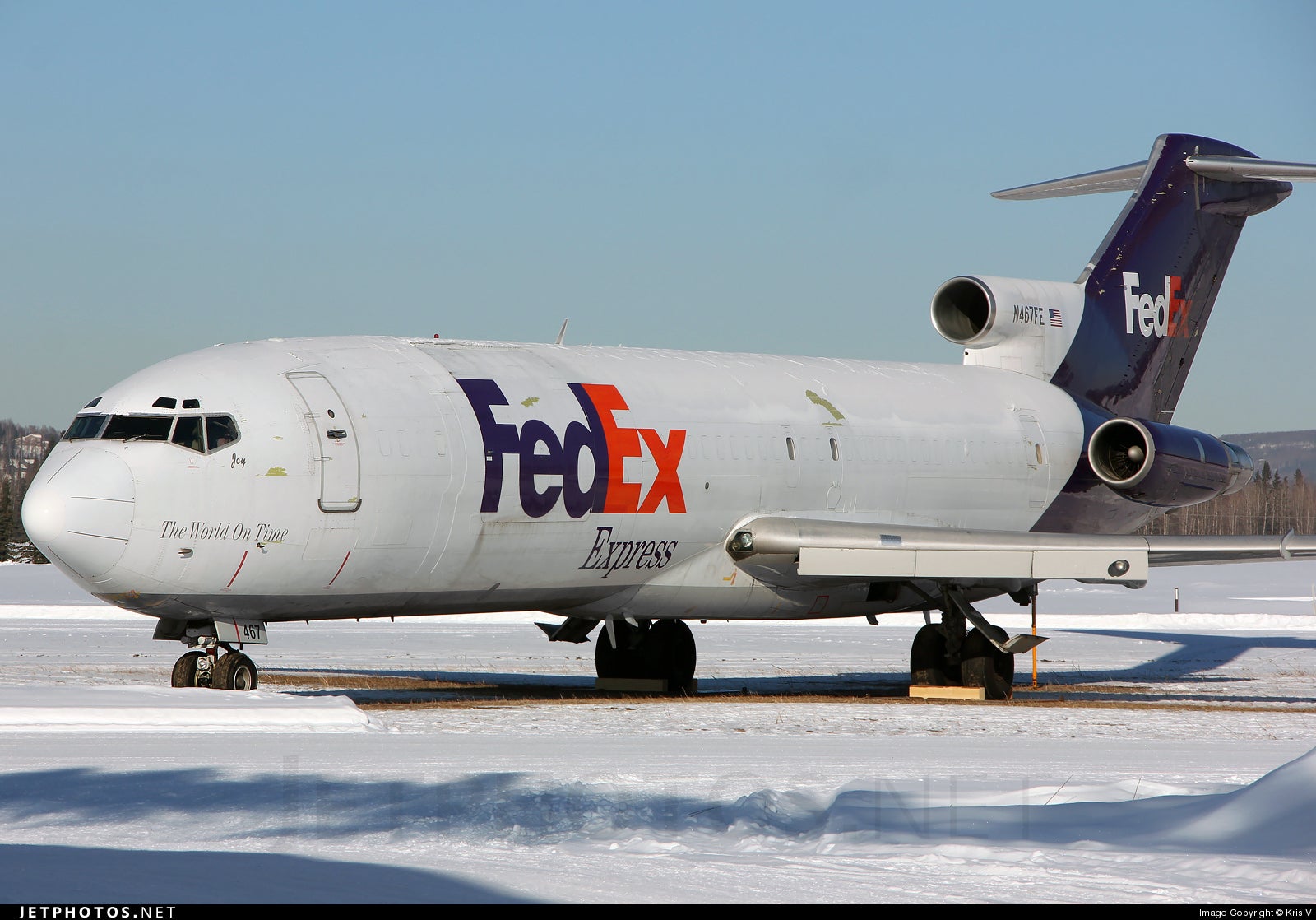
 "cbell04" (cbell04)
"cbell04" (cbell04)
04/18/2017 at 13:13, STARS: 0
You trying to get me fired? I couldn’t stop reading!
 "facw" (facw)
"facw" (facw)
04/18/2017 at 13:14, STARS: 0
The T-45 was recently grounded: https://www.navytimes.com/articles/navy-grounds-all-t-45-training-jets-after-instructors-refuse-to-fly
 "ttyymmnn" (ttyymmnn)
"ttyymmnn" (ttyymmnn)
04/18/2017 at 13:20, STARS: 0
Hmmm. Fortunately, the T-X will be here soon, on time and under budget.
 "ttyymmnn" (ttyymmnn)
"ttyymmnn" (ttyymmnn)
04/18/2017 at 13:20, STARS: 0
**sinister laugh**
Thanks for reading!
 "ttyymmnn" (ttyymmnn)
"ttyymmnn" (ttyymmnn)
04/18/2017 at 13:22, STARS: 0
!!! UNKNOWN CONTENT TYPE !!!
 "Rock Bottom" (rockbottom81)
"Rock Bottom" (rockbottom81)
04/18/2017 at 13:28, STARS: 0
Sooo much great stuff in this one. Prototype B-52 cockpit, the propellerless B-36 (sorta), the sweet pre-war U.S. naval aviation paint schemes, and LIFTING BODIES!!! Everyone loves lifting bodies! Dyna Soar, M2, HL10, Project Spiral, all of them!
Related: I recently re-watched an old movie called Marooned where a USAF lifting body spacecraft was used to rescue some NASA astronauts from a malfunctioning Apollo. Great late 60s film making!
 "facw" (facw)
"facw" (facw)
04/18/2017 at 13:33, STARS: 0
My understanding regarding the Swordfish was that the Bismark’s AA guns couldn’t tilt below 0 degrees, which meant as long as the swordfish flew very low (and obviously being slow helps with that), they couldn’t be hit.
 "Smallbear wants a modern Syclone, local Maple Leafs spammer" (smallbear94)
"Smallbear wants a modern Syclone, local Maple Leafs spammer" (smallbear94)
04/18/2017 at 13:34, STARS: 0
Probably some of both. I know that the slow speed definitely messed with the aiming.
 "facw" (facw)
"facw" (facw)
04/18/2017 at 13:35, STARS: 1
I do sort of wonder if someone from Boeing/Lockheed was egging the instructors on so that a better argument could be made for the need for a naval variant of the T-X.
 "ttyymmnn" (ttyymmnn)
"ttyymmnn" (ttyymmnn)
04/18/2017 at 13:44, STARS: 1
I have the second half of Marooned on my DVR, and I’ll finish it one of these days. I came in after it started, so I missed what happened to the spacecraft. I find it interesting that this predates Apollo 13. I guess nobody at NASA went to the movies...
 "Rock Bottom" (rockbottom81)
"Rock Bottom" (rockbottom81)
04/18/2017 at 13:58, STARS: 1
If you watch it from the start, you’ll appreciate their attention to detail during the launch and docking sequences. I thought they did an especially good job of capturing the tightly controlled communication protocol used in manned space operations. Very little Hollywood excess.